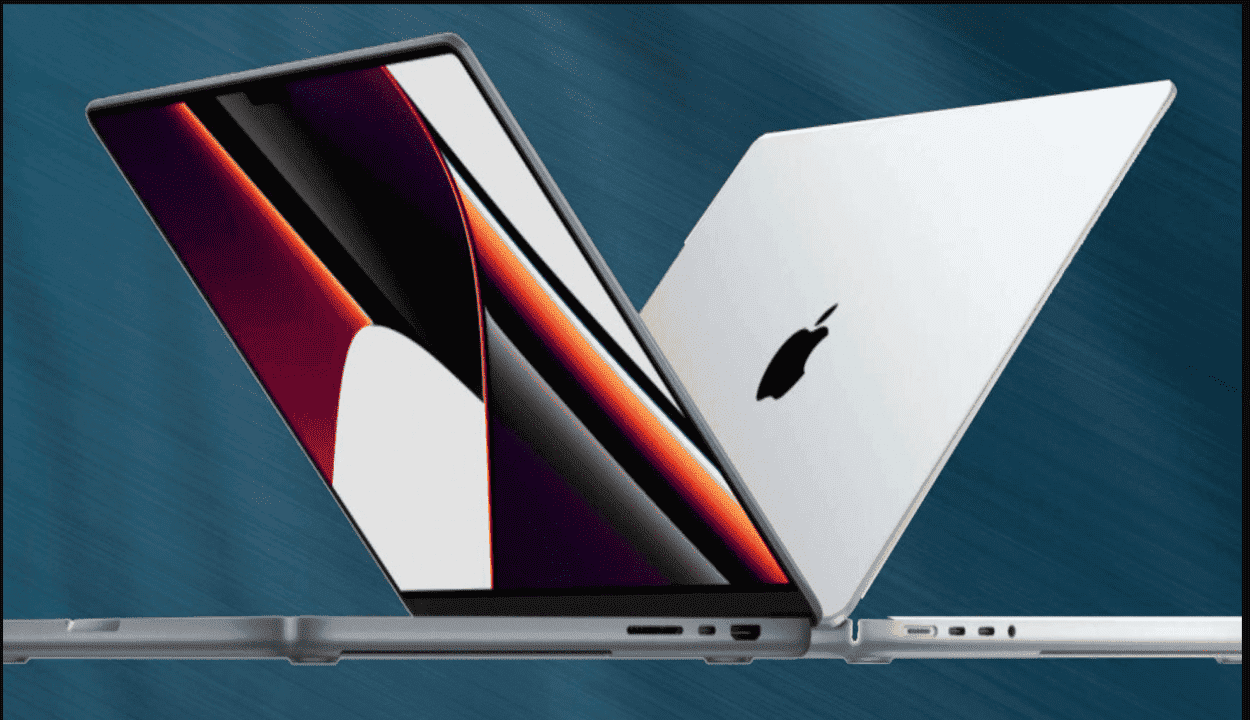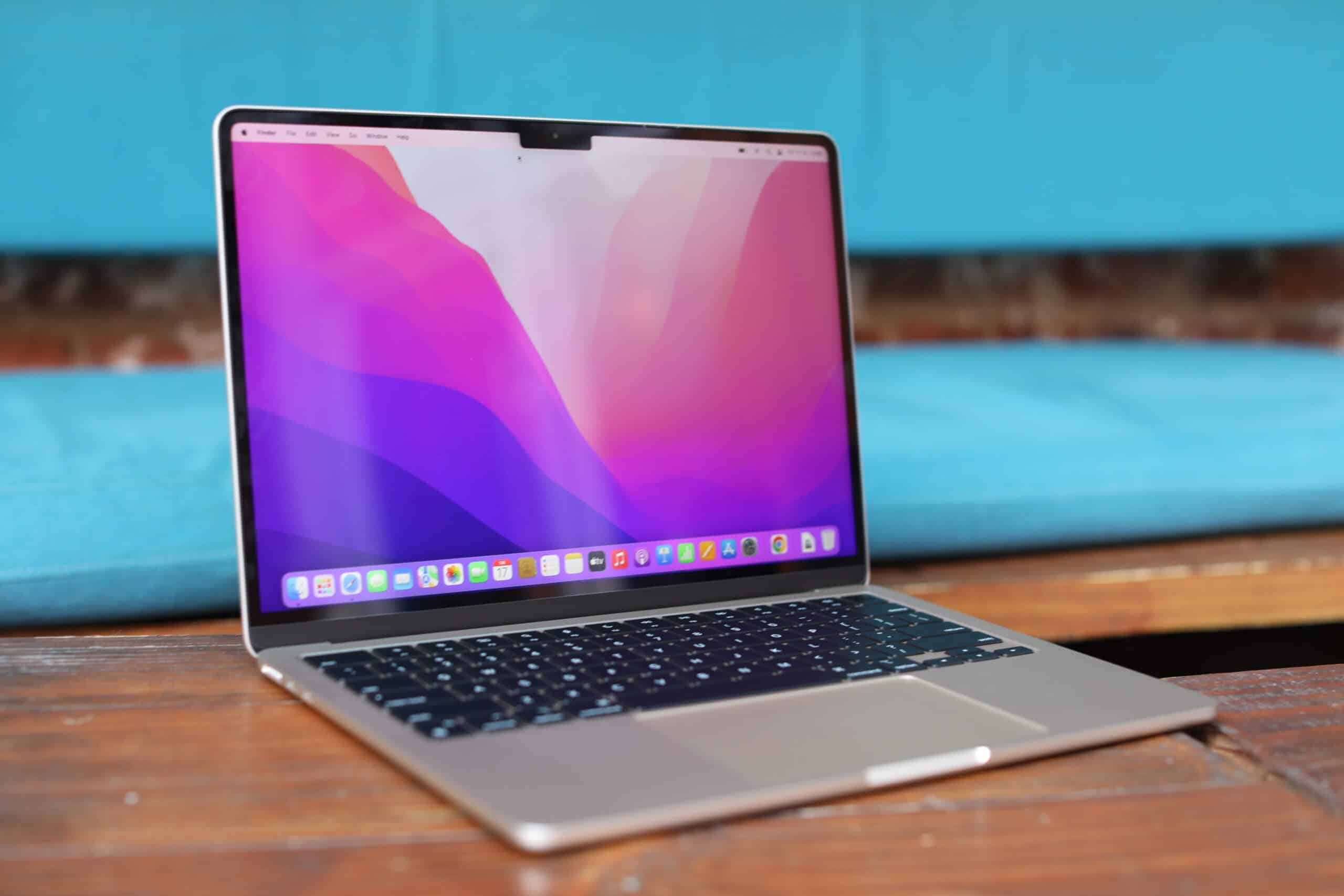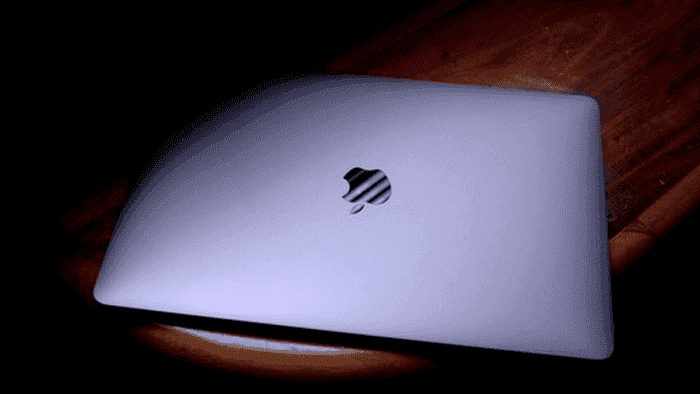Apple’s recent refresh of its MacBook Pro and Air lines, featuring powerful new processors, has been met with a surprising controversy: the continued presence of 8GB of RAM as the base configuration. While these machines boast high-end capabilities, many users question the adequacy of 8GB in today’s demanding computing landscape.
The 8GB RAM Debate: Can Apple’s Base Model MacBooks Keep Up?

This debate recently took center stage when Apple, in response to user concerns, sent representatives Kate Bergeron (Vice President of Engineering) and Evan Buyze (Marketing) to address the issue with IT Home, a prominent Chinese tech publication.
Apple’s Defense: 8GB for the Average User
Apple‘s argument hinges on the idea that 8GB RAM is sufficient for typical user workflows. Web browsing, streaming content, and light photo and video editing are all cited as activities well-supported by this base configuration. In essence, Apple believes 8GB offers a good balance of performance and affordability for the “average user.”
However, this claim becomes contentious when considering the price point. A base model MacBook Pro, exceeding €2,000, comes equipped with only 8GB RAM. Upgrading to 16GB necessitates a significant price jump. Apple justifies this by positioning 8GB as adequate for basic tasks like checking email, seemingly underestimating the evolving needs of even “average” users who might occasionally delve into more resource-intensive tasks.
A Historical Echo: The 4GB to 8GB Transition
This debate isn’t entirely new. In 2016, base RAM configurations sat at a mere 4GB, a figure deemed insufficient for the demands of modern software. As a result, Apple bumped it up to the current standard of 8GB. Herein lies the concern: history seems to be repeating itself. Users, already anticipating the limitations of 8GB, are calling for an upgrade to a 16GB base configuration.
Personal experiences further illustrate the potential shortcomings. While 8GB might suffice for basic daily tasks, even casual users may encounter limitations when venturing into image or video editing, or simply keeping multiple programs open simultaneously.
Users have a valid point: at these price points, one expects a computer capable of handling a wider range of tasks. Benchmark comparisons reveal performance differences in programs like Final Cut Pro, highlighting the impact of RAM limitations during demanding workloads.
Beyond the Numbers: User Experience and Futureproofing
The RAM debate extends beyond mere specifications. User experience is paramount. The frustration of lagging performance, application crashes, and the constant juggling of open programs due to RAM constraints can significantly hinder productivity and satisfaction.
Furthermore, the issue goes beyond present needs. Purchasing a new computer is an investment, ideally lasting for several years. With software becoming increasingly resource-intensive, a base model with 8GB may struggle to keep pace with future software updates and emerging technologies.
Towards a Solution: Balancing Performance and Affordability
Finding a solution requires careful consideration. While a 16GB base configuration may be ideal, Apple faces the challenge of maintaining affordability and price differentiation across its MacBook lineup.
Potential solutions include:
- Offering a wider range of RAM configurations at purchase, allowing users to tailor their machine to specific needs.
- Introducing a more affordable “Pro” option with 16GB RAM as the base configuration.
- Lowering the price premium for RAM upgrades, making it a more accessible option for users requiring more memory.
Ultimately, Apple must address the evolving needs of its users. While 8GB RAM might be sufficient for basic tasks, a 16GB base configuration would provide a more future-proof and performance-oriented experience, justifying the premium price tag associated with these high-end machines.
By creating a balance between affordability and user expectations, Apple can ensure that its MacBook lineup remains a leader in the ever-evolving landscape of personal computing.

The Counterarguments: Efficiency vs. Reality
Apple’s defense focuses heavily on the efficiency of its M-series processors and the macOS operating system. They argue that the unified memory architecture (UMA) in their Apple Silicon machines allows for more efficient RAM utilization compared to traditional setups. This, in theory, could partially compensate for the limitations of 8GB.
However, independent reviewers and users have conducted real-world tests that paint a different picture. While the M-series chips demonstrate impressive performance, tasks like multitasking with demanding applications, video editing with large files, or running complex simulations can expose the limitations of 8GB RAM.
In such scenarios, the system resorts to “swapping,” a process where inactive memory data is temporarily transferred to the storage drive (SSD) to free up RAM for active tasks. While the SSDs in newer MacBooks are fast, swapping introduces noticeable lags and performance drops compared to having readily available RAM.
The Upgrade Conundrum: Cost and Locked Systems
Another significant point of contention is the cost associated with upgrading RAM. Unlike some competitor laptops, RAM in most new MacBooks is soldered onto the logic board, making it non-upgradeable by the user after purchase. This forces users to configure their desired RAM amount at the time of purchase. A decision that can be difficult to predict for future needs.
Apple’s upgrade pricing is also a point of criticism. Upgrading from 8GB to 16GB RAM on a base model MacBook Pro can add a significant percentage to the overall cost, potentially pushing the price beyond a user’s budget. This strategy might incentivize users to opt for the lower RAM configuration upfront. Potentially leading to performance bottlenecks down the line.
The Industry Landscape: A Shift in Standards
The debate surrounding RAM configurations isn’t isolated to Apple. However, the industry as a whole seems to be trending towards higher base RAM options, particularly for premium laptops. Many high-end Windows laptops now come standard with 16GB of RAM, reflecting the increasing demands of modern software and user workflows.
By sticking with 8GB as the base, Apple risks being perceived as lagging behind the industry standard. Especially considering the premium price point of their machines.
The Takeaway: A Need for Adaptability
The 8GB RAM debate in Apple’s MacBook lineup highlights the need for a nuanced approach. While Apple’s arguments regarding efficiency hold some merit, real-world usage scenarios and future-proofing considerations make a compelling case for a higher base RAM configuration.
Ultimately, the ideal solution lies in user choice. Offering a wider range of RAM configurations at purchase, introducing a more affordable “Pro” option with 16GB RAM as the base, and lowering the cost of RAM upgrades would empower users to make informed decisions based on their specific needs and budget.
By adapting to evolving user expectations and the shifting industry landscape, Apple can ensure their MacBook lineup remains competitive and delivers a truly premium computing experience that justifies its price tag.






1 Comment